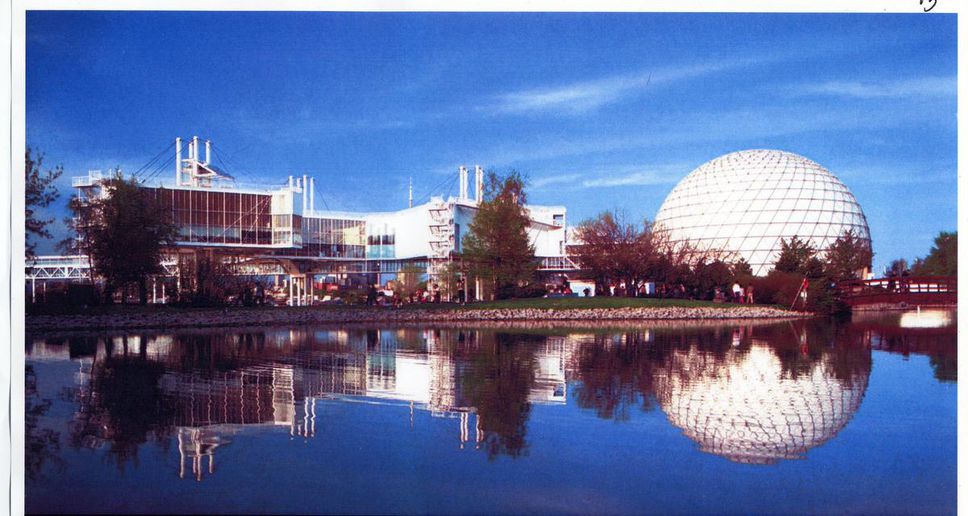Should Ontario Place be sold? No
Emphatically no! Great cities need great public parks and public spaces. Imagine New York without Central Park, London without Hyde Park, Paris without the Bois de Boulogne. Toronto does not have such a singular great legacy “central park” but what it does have is a remarkable-work-in-progress band of parks and public space stretching across the waterfront. It has the capacity to be magnificent and Ontario Place is a key and indispensable component.
Ontario Place is a legacy project of Progressive Conservative premiers John Robarts and Bill Davis, who reached out to brilliant designers, architect Eberhard Zeidler and landscape architect Michael Hough, to interpret the era’s burgeoning sense of possibility.
It was fresh and inspiring, technologically precocious, and at the same time cheerful and family friendly. In introducing it to the public on Nov. 23, 1970, premier Robarts described it this way: “There was a need for a place where we could examine our history, look at our cultural and economic growth and contemplate the challenges of the future. In short, we wanted a place to reaffirm our identity as Ontarians and Canadians.”
Now after decades of neglect what Ontario Place needs is enlightened stewardship and infusions of new life, not erasure and wanton destruction. In his 2012 report to the province, our mayor John Tory, reasserted that Ontario Place must remain a “state of the art park on the edge of Ontario’s great lake.” The idea that we would now self-off this irreplaceable public space as a deficit-reducing measure would be a classic example of burning the furniture to heat the house. Would we even think of selling Algonquin Park or High Park?
The New York firm of HR&A Advisors, specialists in the economics of public space, has looked at this phenomenon globally and produced hard data that demonstrates significant and measurable long term financial benefits in city after city — setting the stage for high quality park-oriented development, attracting tourism, worker attraction and retention, not to mention environmental benefits and an important role in promoting social equity and accessibility. Even in purely economic terms, the greatest return on our historic investment for Ontario Place is clearly not a one-time self-off for short term gain, but long term retention.
Since its creation, the city has come to out to meet and surround Ontario Place with an insatiable need for shared public space, to serve an exploding park-hungry population. Surrounding obsolescent industrial lands have become vibrant new neighbourhoods bringing tens of thousands of new residents to within easy walking distance, overcoming its initial isolation. The Martin Goodman Trail brings additional thousands to its doorstep and new transit is being planned to make the site more accessible.
Read original here
